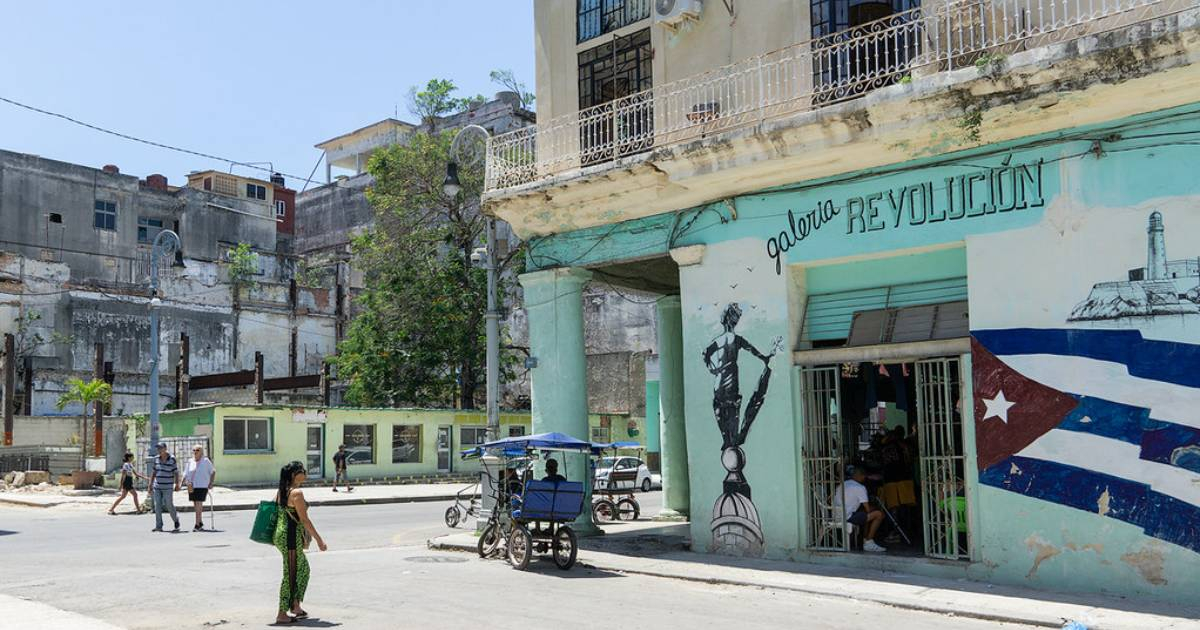The Cuba our grandparents once knew is rapidly emptying out. This exodus is not only evident at airports and in the deserted streets of towns; it's also unfolding quietly within the country. Thousands of Cubans are leaving their rural homes and impoverished provinces in search of a future that, for now, remains elusive.
Antonio Ajas, the director of the Center for Demographic Studies at the University of Havana, recently raised the alarm. He highlighted that Cuba is currently experiencing a significant internal migration, which adds to the already massive outward flow of people from the country. According to his statements to Prensa Latina, internal mobility is at an all-time high, with people moving from the eastern to the western regions, from rural areas to urban centers, or between rural locales in search of better economic opportunities.
"Rural areas are becoming depopulated and are aging rapidly," Ajas noted. "This internal movement presents a huge challenge for economic development, food production, and the nation's sustainability."
While international headlines often focus on the external exodus of Cubans, an equally dramatic phenomenon is occurring within the island: an internal emptying. Entire municipalities are losing their workforce, their young people, potential teachers, and farmers. Communities are aging without generational renewal, and the countryside is turning into near-ghost landscapes.
The numbers are stark. In 2024 alone, over 250,000 Cubans left the island, as reported by the National Office of Statistics and Information (ONEI). It was also the year with the fewest births recorded in six decades. Independent studies, like that of economist Juan Carlos Albizu-Campos, suggest that number could be over 545,000 emigrants in a single year, estimating Cuba's real population may have dwindled to just over eight million—a 24% decrease since 2020.
"Demographic Vacuum": Like a Nation at War
Albizu-Campos doesn't hesitate to describe the situation as a catastrophe of historic proportions. "This level of population contraction has only been seen in wartime contexts," he warns.
It's not just the sheer numbers that are concerning: those leaving are mostly young individuals of working age, exacerbating the labor market crisis, straining the pension system, and further destabilizing the already struggling national economy.
Official data confirms the demographic collapse: birth rates continue to fall, those over 60 now make up 25.7% of the total population, and since 2020, more than 1.4 million people have vanished from Cuba's population register.
Meanwhile, the institutional response seems overwhelmed: there hasn't been a census since 2012, there are no effective policies to curb emigration or boost birth rates, and official discourse barely acknowledges the severity of the situation.
The migration of young people is perhaps the most heart-wrenching sign of this crisis. It's not just a loss of human capital; it signifies an emotional and existential break with the island. Those who should stay to build, plant, teach, and heal are leaving. Instead of a future, many only see lines, blackouts, inflation, and frustration.
"We need to understand migration, seek a return, and reconnect with Cubans abroad who wish to come back," Ajas stated. Yet, that reunion seems distant as long as the structural causes driving people away—poverty, repression, lack of prospects, and an unrelenting economic crisis—persist.
Cuba is emptying, both internally and externally. Recognizing this in the Council of Ministers or at a press conference is not enough. The real question remains unanswered: What kind of country is left when those who dream, work, and raise children leave?
Understanding Cuba's Demographic Shift
What is causing the internal migration in Cuba?
The internal migration in Cuba is driven by the search for better economic opportunities, as well as the challenges faced in rural areas, which are becoming depopulated and aging rapidly.
How does the internal exodus affect Cuba's economy?
The internal exodus exacerbates the labor market crisis, strains the pension system, and destabilizes the national economy as young people, who are crucial for economic development, leave the country.
What are the demographic challenges facing Cuba?
Cuba faces demographic challenges such as declining birth rates, an aging population, and significant population loss, all contributing to a demographic collapse.
